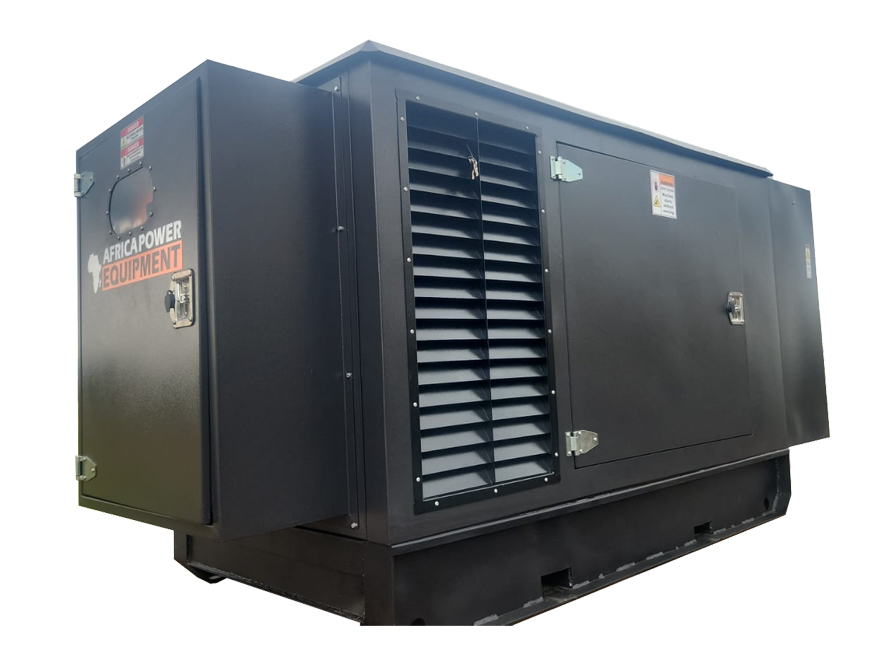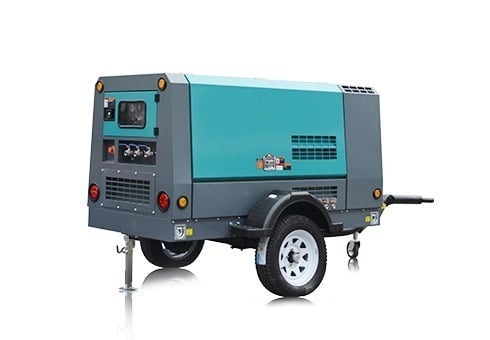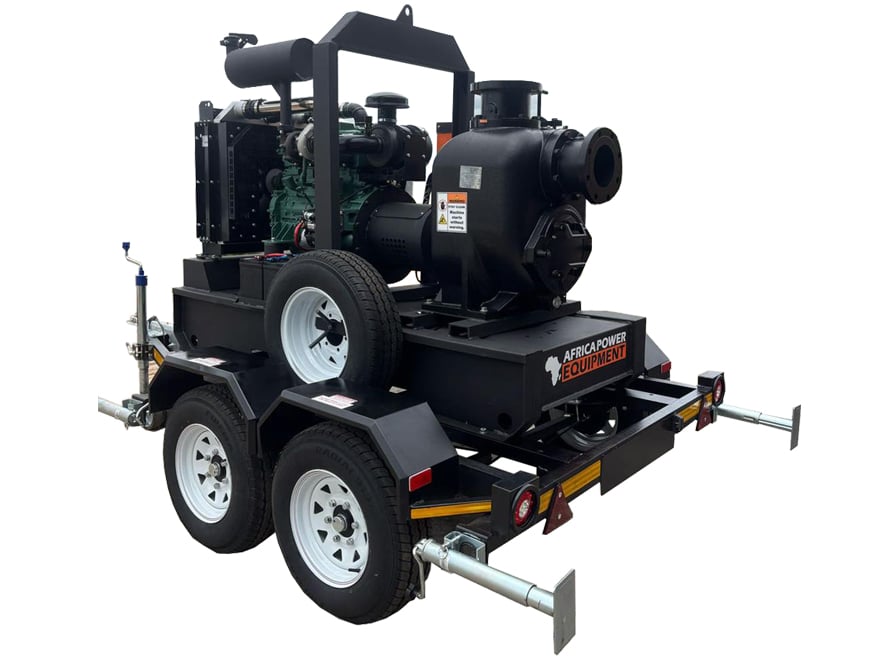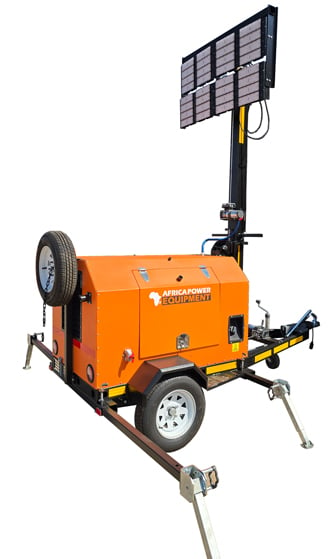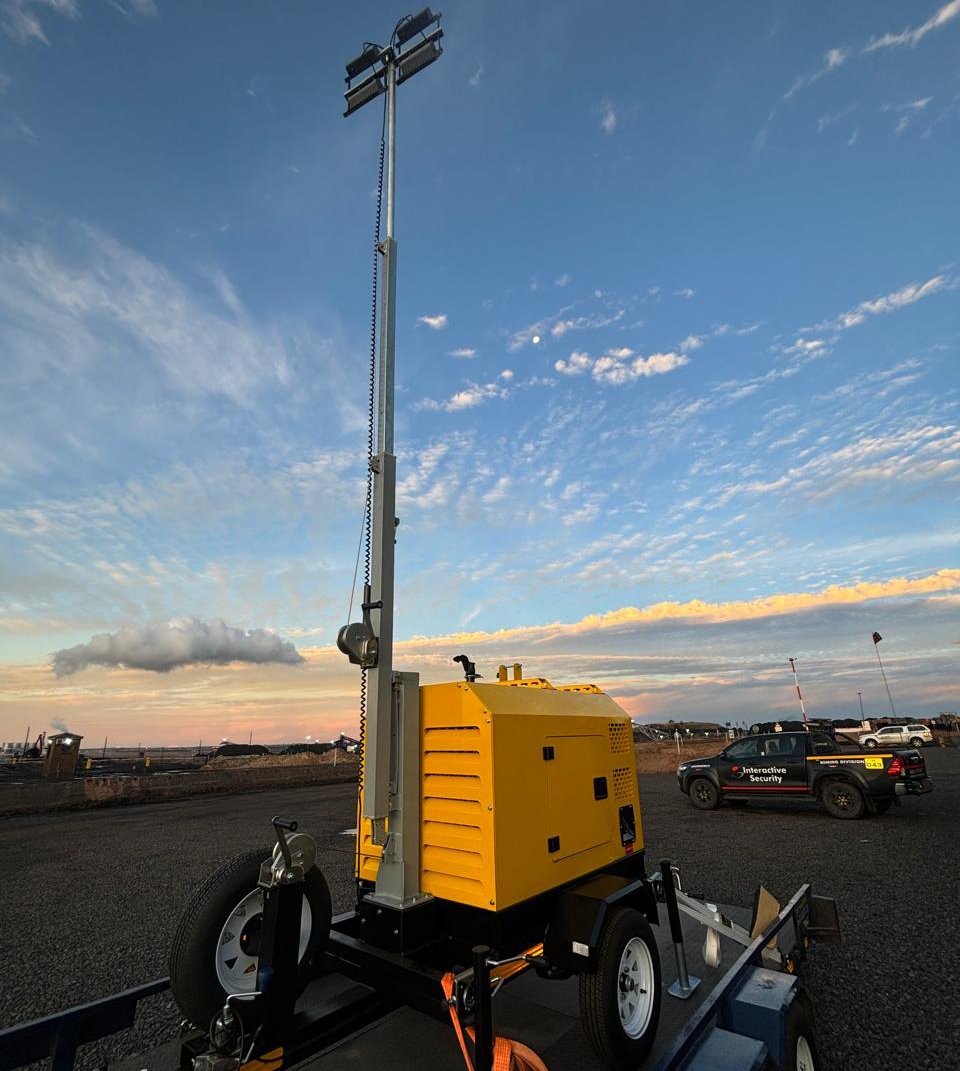How Do Lighting Towers Work and Where Are They Used?
Lighting towers—also known as light towers or mobile lighting units—are essential for operations that need powerful, portable lighting in areas without fixed electrical infrastructure. From construction sites to outdoor events, these towers provide efficient and reliable illumination where it’s needed most.
Quick Answer:
Lighting towers work by using a generator to power high-intensity lights mounted on a telescopic mast. The mast can be raised and rotated to direct light where needed. They are commonly used on construction sites, in mining, emergency services, and at outdoor events or roadworks.
1. What Is a Lighting Tower?
A lighting tower is a self-contained mobile lighting system that includes:
-
A generator (usually diesel-powered)
-
One or more high-powered LED or metal halide floodlights
-
A telescoping mast (manual or hydraulic)
-
A trailer or skid-mounted base for mobility and stability
These units are engineered for outdoor, off-grid applications where reliable light is essential for visibility, safety, and productivity.
2. How Lighting Towers Work: Step-by-Step
-
Power Source Activation
Most lighting towers use diesel engines to generate electricity, though some are electric or solar-powered. -
Light Activation
The generated power flows to high-lumen lights (LED or metal halide) mounted atop a vertical mast. -
Mast Extension
The mast can be raised—either manually or hydraulically—up to 9–12 metres for wide-area illumination. -
Light Direction Adjustment
The lights can be rotated 360 degrees for targeted coverage. -
Operation Duration
A full fuel tank typically allows for 30–80 hours of continuous lighting, depending on the model.
3. Types of Lighting Towers
| Type | Key Feature | Best For |
|---|---|---|
| Diesel-Powered | High output, long runtime | Construction, mining, emergency response |
| Electric-Powered | Quiet, low emissions | Indoor or low-noise environments |
| Solar Hybrid | Eco-friendly, minimal fuel use | Remote areas, long-term installations |
| LED Light Towers | Energy-efficient, durable | All-around use, lower maintenance |
| Metal Halide Towers | High-lumen, traditional tech | High-intensity lighting for wide areas |
4. Where Are Lighting Towers Commonly Used?
🏗️ Construction Sites
-
Night work and 24/7 operations
-
Enhances safety for workers
-
Required by OSHA and local laws in many regions
⛏️ Mining and Industrial Operations
-
Illumination in remote or underground areas
-
Mobile towers can be repositioned with machinery
🚧 Roadwork and Infrastructure Projects
-
Ensure visibility during night repairs
-
Improve safety for both workers and drivers
🎪 Outdoor Events and Festivals
-
Power stages, tents, and walkways
-
LED towers preferred for low-noise operation
🚨 Emergency and Disaster Relief
-
Used by fire departments, police, and NGOs
-
Rapid deployment in areas affected by outages or natural disasters
🛠️ Film Sets and Photography
-
Provide consistent lighting for nighttime shoots
-
LED lights reduce flickering and heat
5. Advantages of Using Lighting Towers
-
Mobility: Towable to any site with a vehicle
-
High Lumen Output: Some units produce up to 600,000 lumens
-
Low Fuel Consumption: Especially with LED or hybrid units
-
Durability: Weather-resistant enclosures, ideal for harsh environments
-
Safety: Reduces accidents in dark or low-visibility conditions
6. Lighting Tower Runtime and Fuel Efficiency
| Model Type | Runtime (Per Tank) | Fuel Efficiency (L/h) |
|---|---|---|
| Diesel with Metal Halide | 30–50 hours | 1.2–1.5 L/h |
| Diesel with LED | 50–80 hours | 0.6–1.0 L/h |
| Solar Hybrid | Continuous (with sunlight) | Minimal to none |
💡 Tip: LED light towers reduce fuel use and last longer than traditional metal halide units.
7. Choosing the Right Lighting Tower
Key Considerations:
-
Lumen Output: How much light do you need?
-
Run Time: Will it last overnight or for multiple shifts?
-
Mast Height: Needed coverage area and reach
-
Terrain: Wheeled units for paved roads, skid-mounts for rough ground
-
Power Type: Diesel, electric, or solar depending on location
Frequently Asked Questions
How many lights are on a standard light tower?
Most units have 4 to 6 lights, each rated between 200–600 watts (LED) or 1,000 watts (metal halide).
Can light towers operate in rain?
Yes. They are IP-rated and designed for outdoor use in all weather conditions.
Are light towers noisy?
Diesel units generate some noise, but LED and electric models are quieter. Sound levels vary between 60–75 dB at 7 metres.
Do light towers require maintenance?
Yes. Like all generator-based equipment, they require oil changes, fuel checks, and light inspections every 100–200 hours of use.
Conclusion
Lighting towers are indispensable tools for industries that operate beyond daylight hours. Understanding how they work and where they’re best applied helps you choose a unit that delivers the power, coverage, and efficiency you need.
Looking for dependable lighting towers for your next project or event?
👉 Explore our rugged, high-output lighting towers at Africa Power Equipment — built for performance, durability, and 24/7 operation in South Africa’s toughest conditions.

